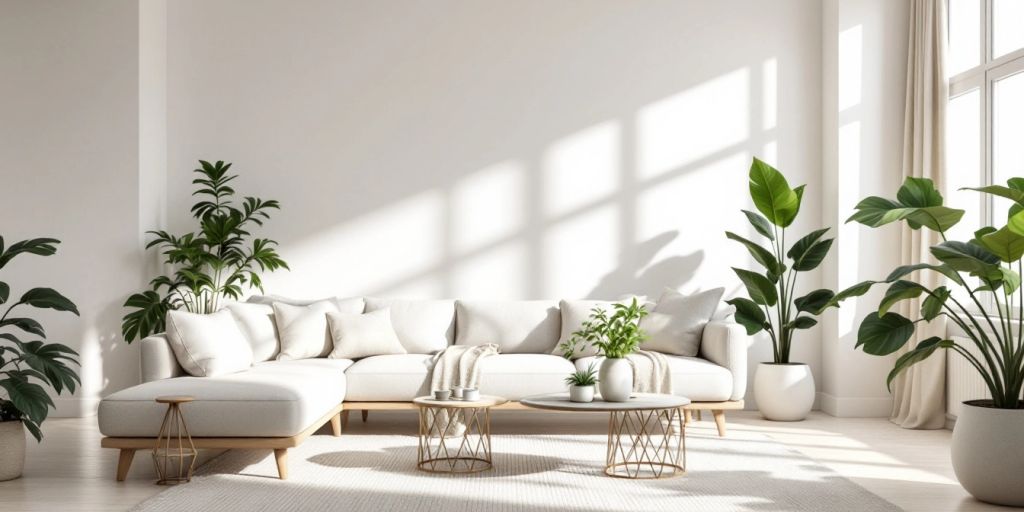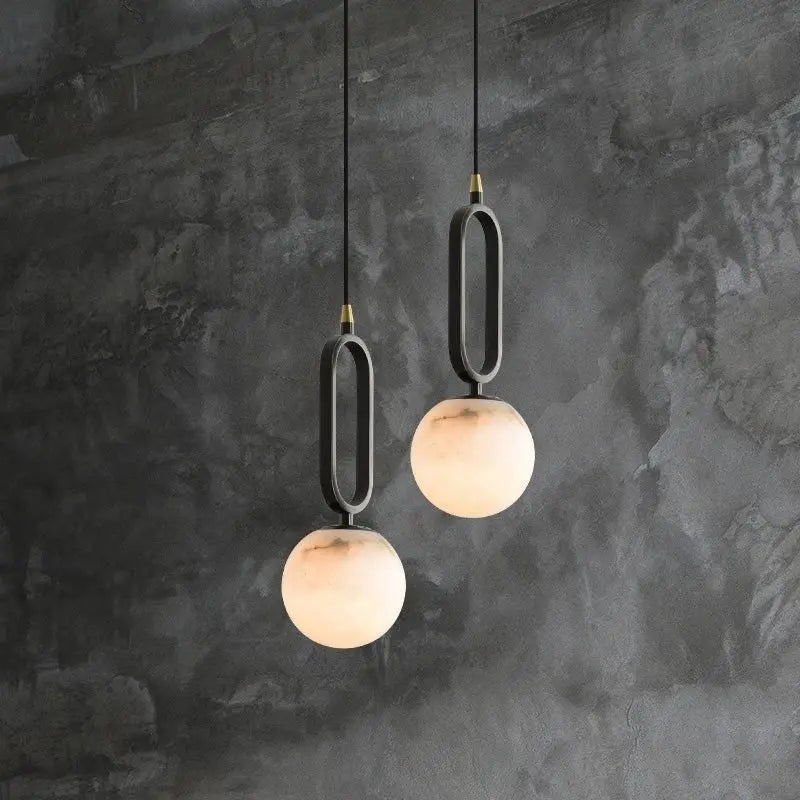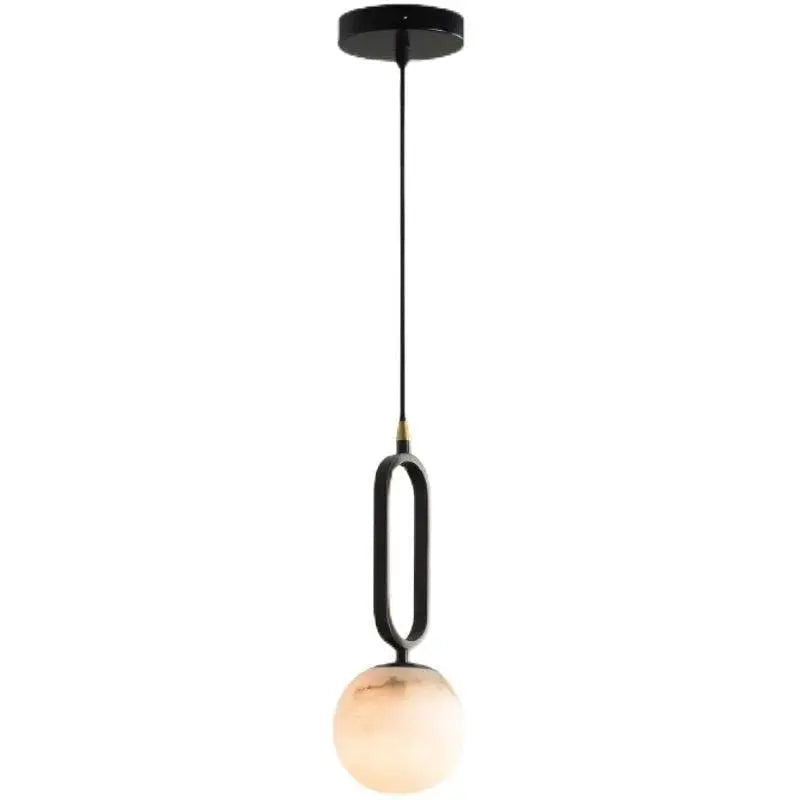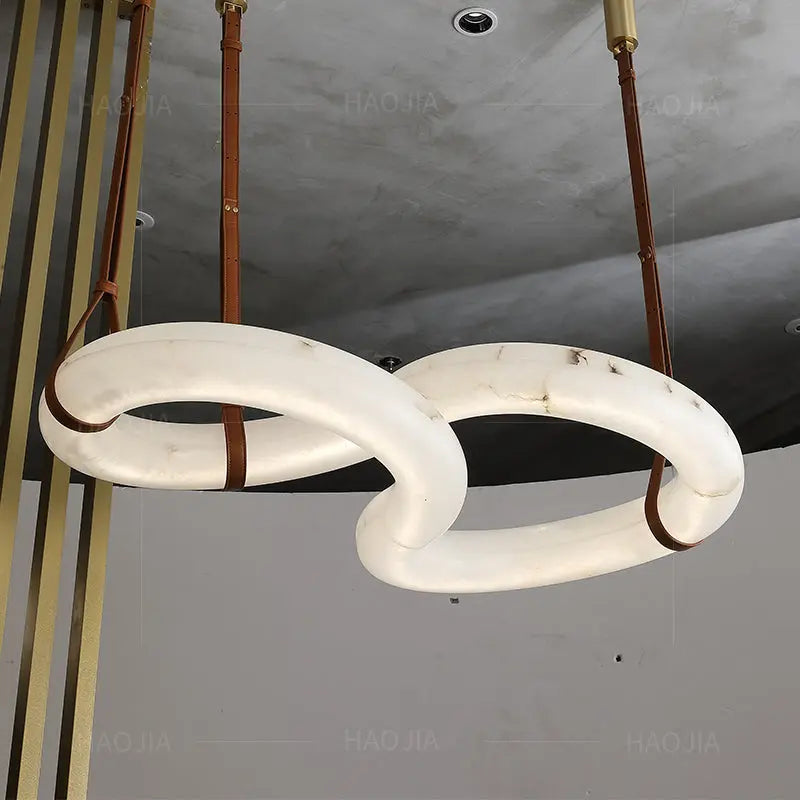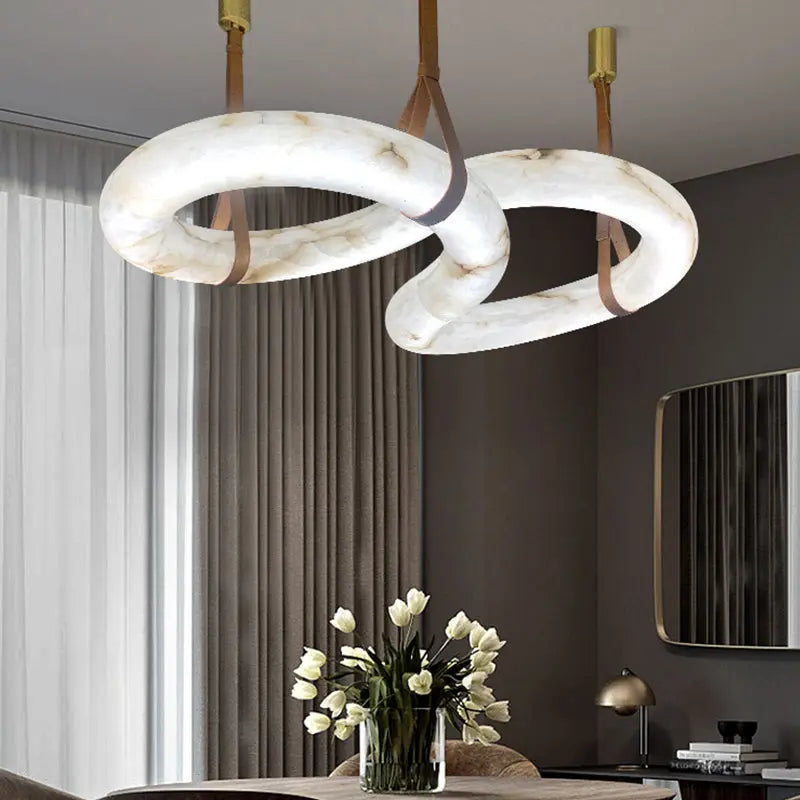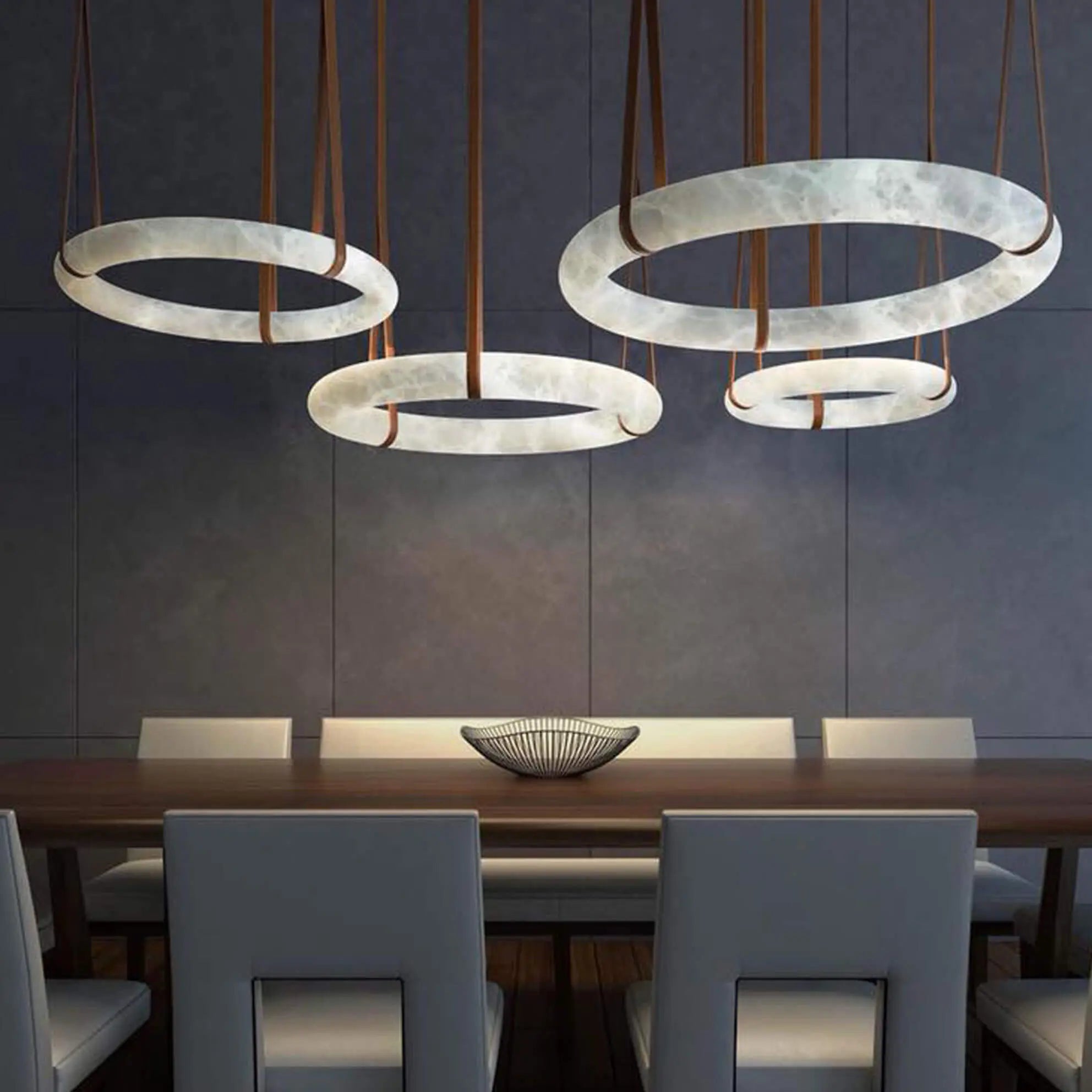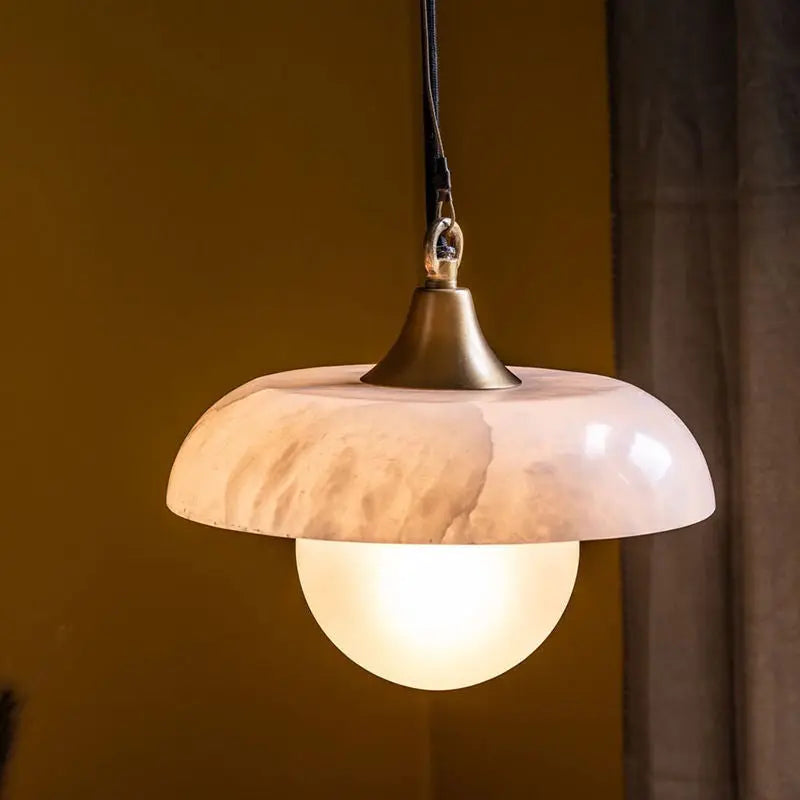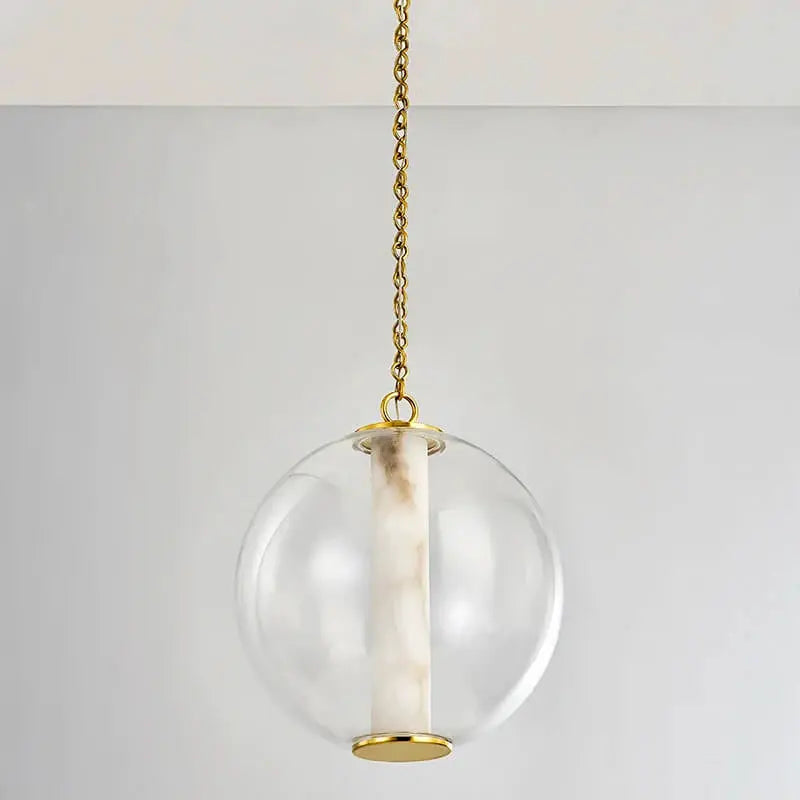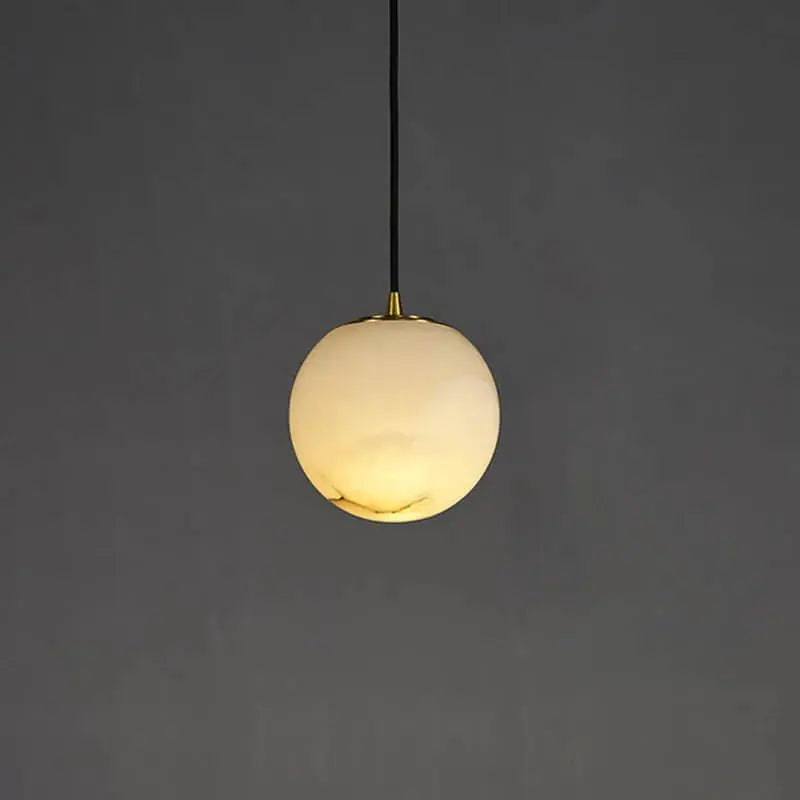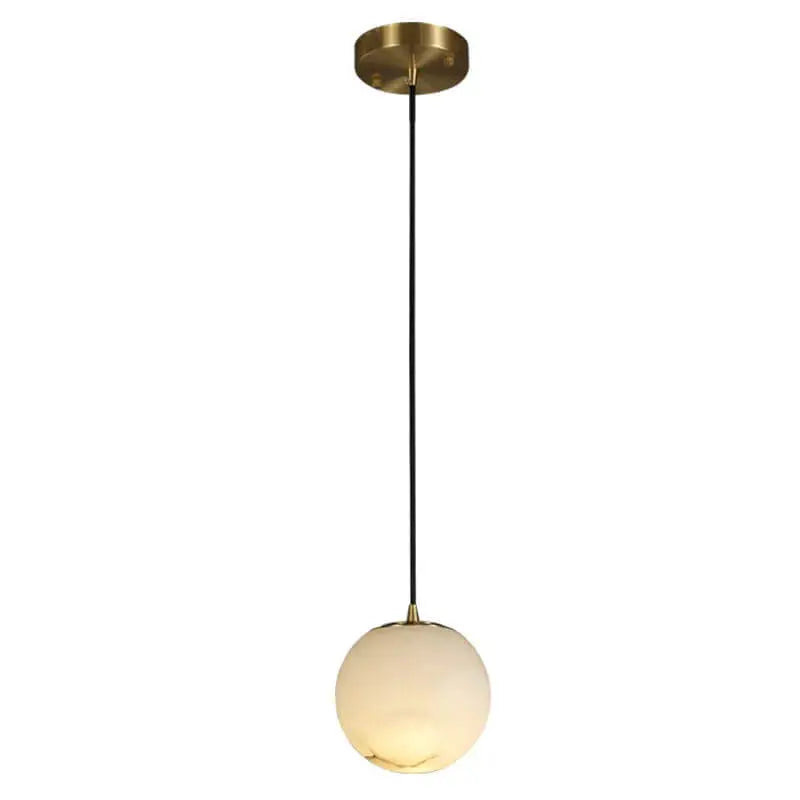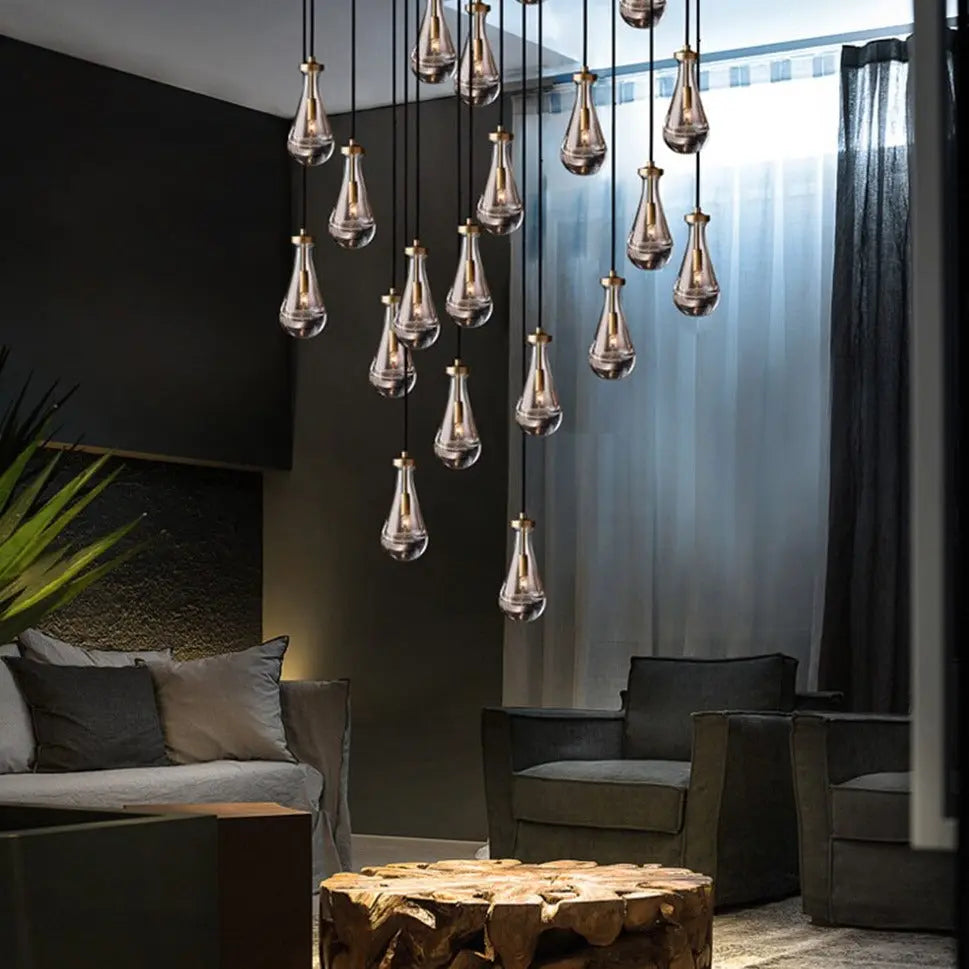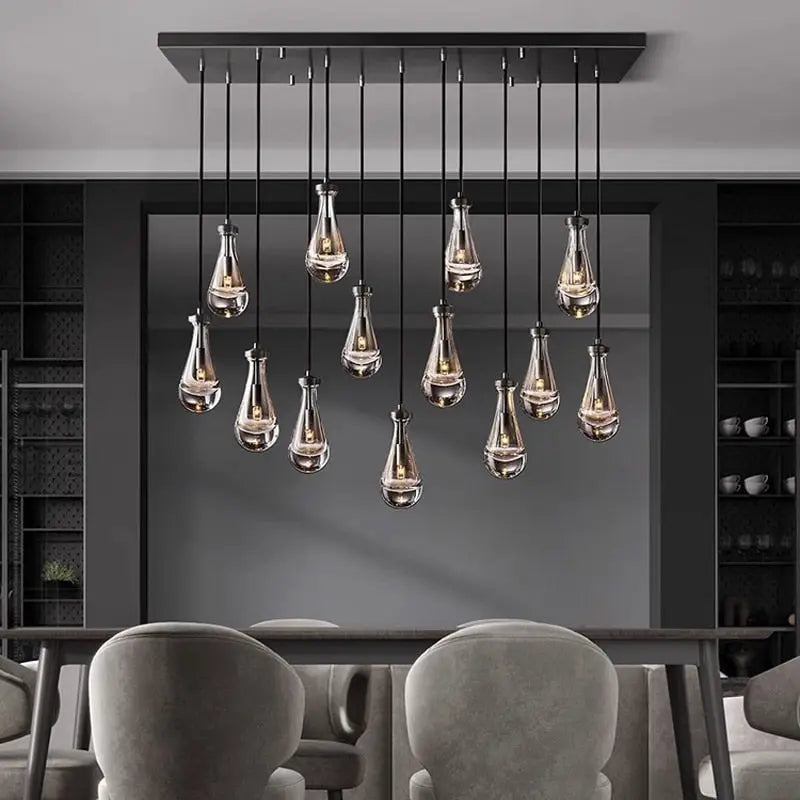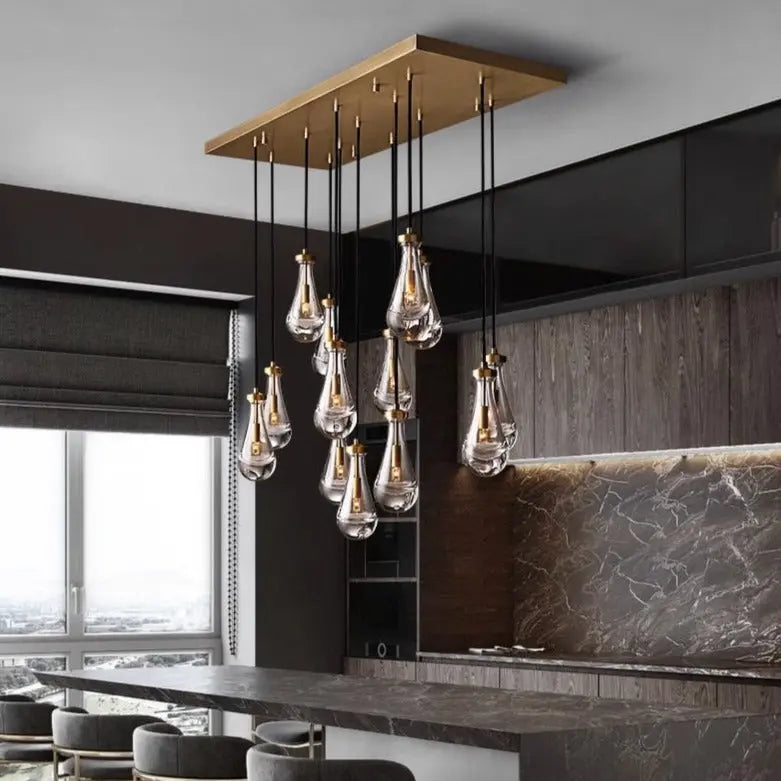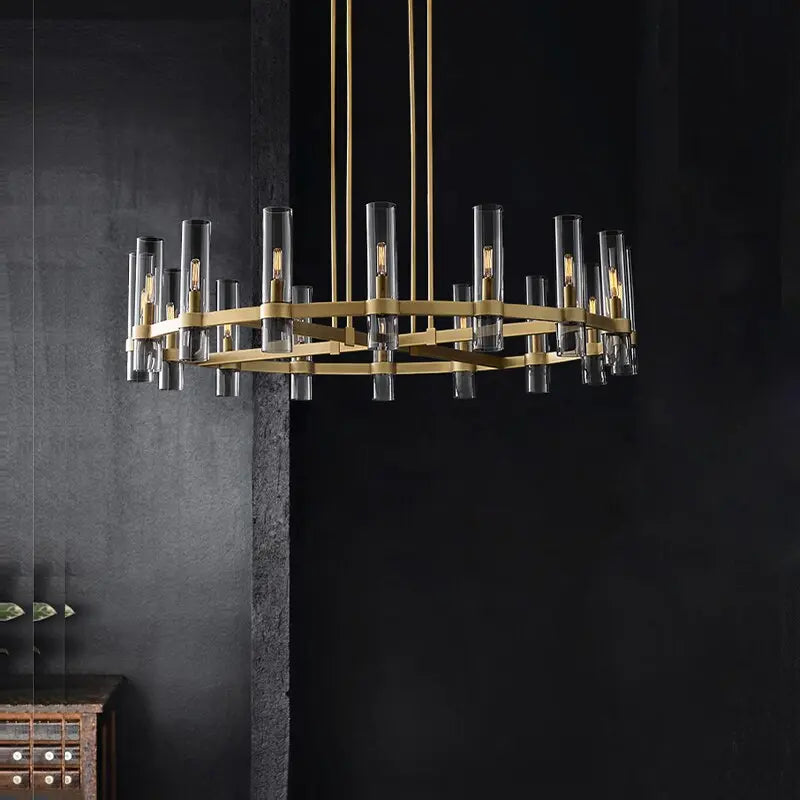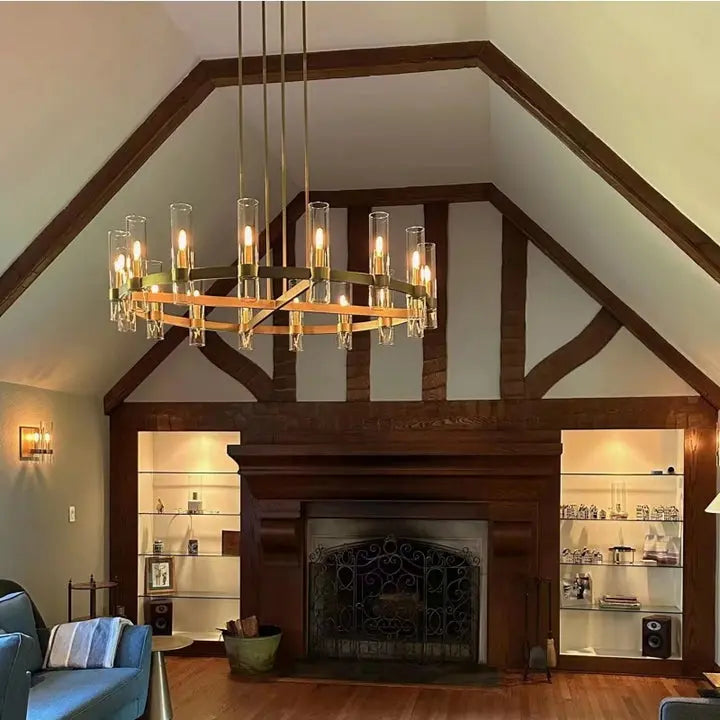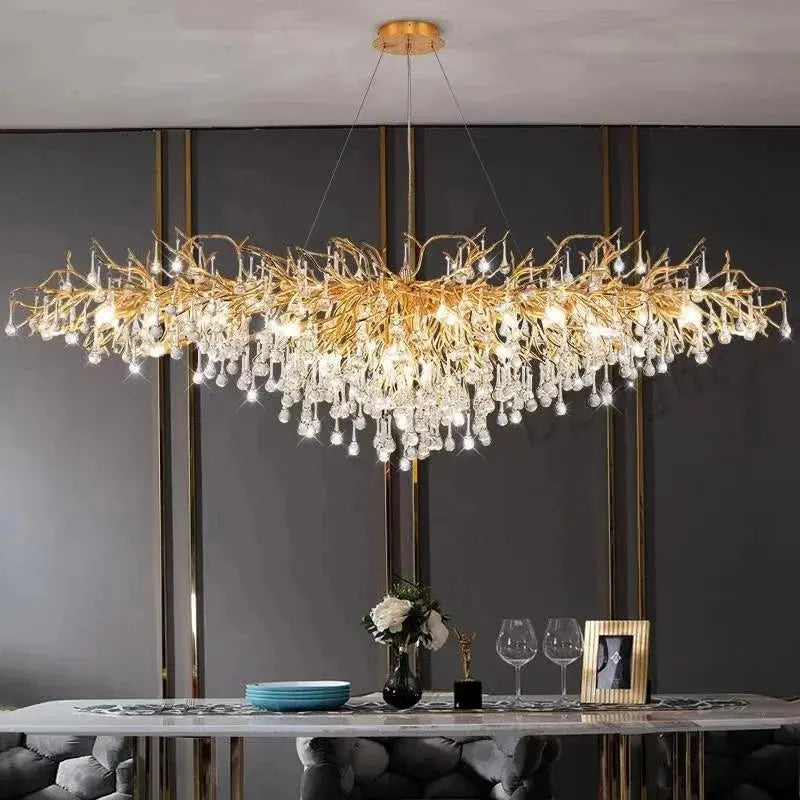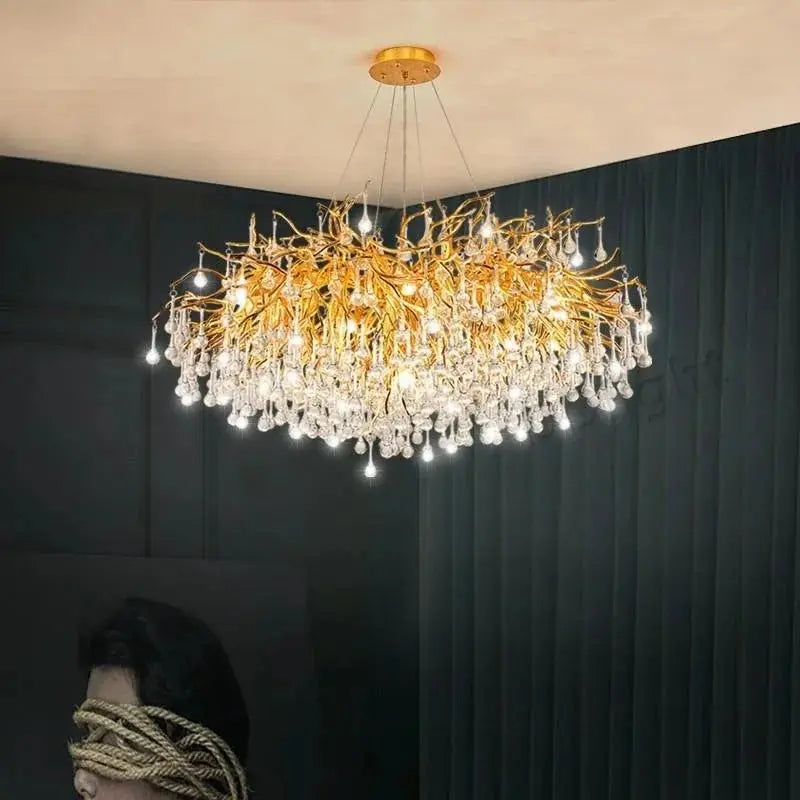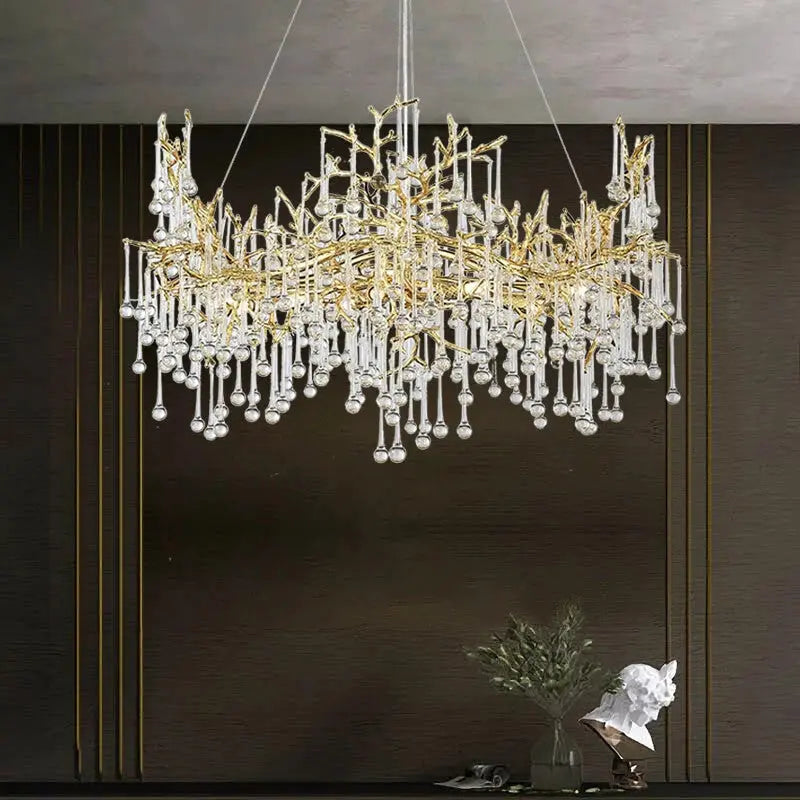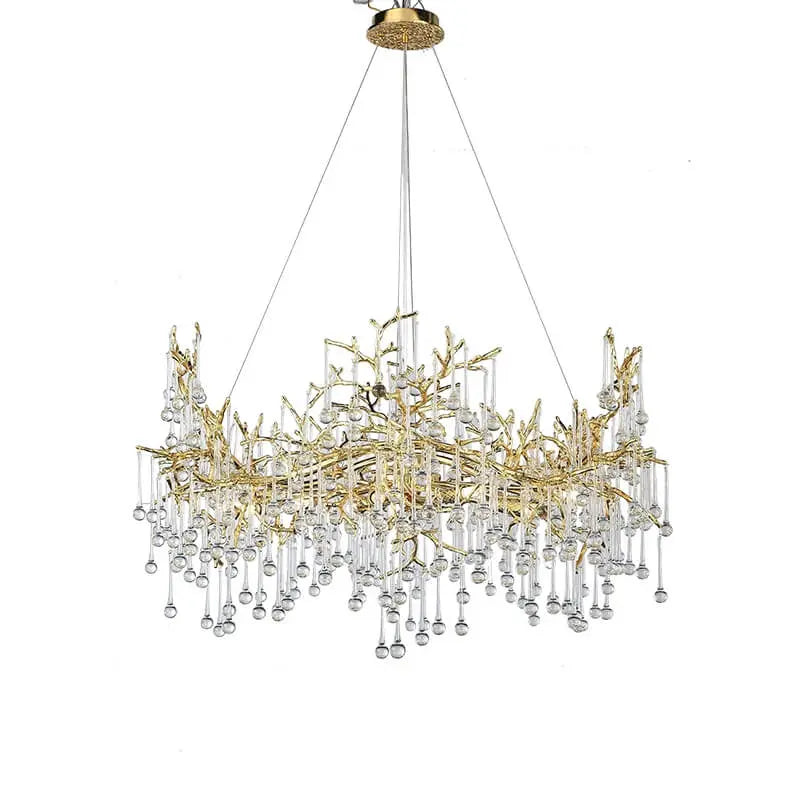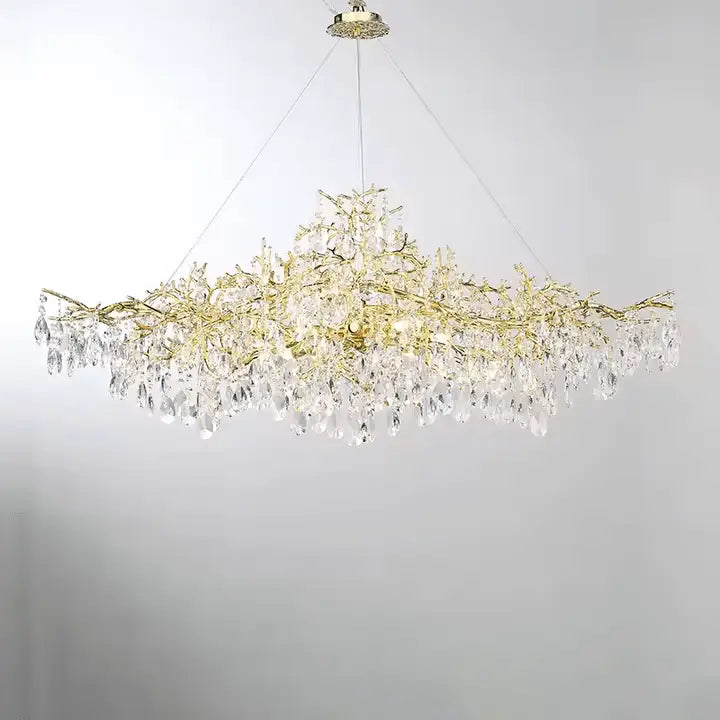Designing a minimalist home is all about creating a calm and organized space. This guide will help you understand the basics of minimalist design and provide practical tips for each room in your home. By focusing on simplicity and functionality, you can transform your living space into a serene retreat.
Key Takeaways
- Minimalism emphasizes the idea that less is more, promoting a clean and uncluttered space.
- Choose furniture that is not only stylish but also functional, serving multiple purposes.
- Stick to a neutral color palette to create a calming environment throughout your home.
- Incorporate natural light to enhance the feeling of openness and warmth in your space.
- Regularly declutter and assess your belongings to maintain a minimalist lifestyle.
Understanding the Principles of Minimalist Home Design
The Philosophy Behind Minimalism
Minimalist home design is all about simplicity. It focuses on the idea that "less is more," encouraging homeowners to strip away excess and concentrate on what truly matters. This approach leads to spaces that are not only functional but also visually appealing.
Key Features of Minimalist Design
Here are some key features that define minimalist design:
- Simplicity: Clean lines and simple forms create a calm atmosphere.
- Functionality: Every item should serve a purpose, from furniture to decor.
- Clutter-Free: A minimalist home is free from unnecessary items, achieved through smart storage solutions.
- Quality Over Quantity: High-quality items are prioritized over a large number of possessions.
- Neutral Colors: A palette of whites, grays, and beiges helps create a serene environment.
Benefits of a Minimalist Home
Living in a minimalist home offers several advantages:
- Reduces Stress: A tidy space can lower anxiety levels.
- Increases Focus: A simple environment can boost productivity.
- Enhances Aesthetic Appeal: Minimalist design creates harmonious and attractive spaces.
- Promotes Sustainability: Choosing fewer, high-quality items supports eco-friendly living.
A minimalist home is not just about having fewer things; it’s about creating a space that reflects your values and lifestyle.
Incorporating these principles can transform your living space into a haven of tranquility and efficiency, making it a perfect example of modern home design. Whether you lean towards Scandinavian home design or mid-century modern home design, the essence of minimalism can elevate your home to new heights.
Explore options like energy-efficient home design and sustainable home design to further enhance your minimalist approach. Remember, every piece in your home should have a purpose, just like the ceiling lights fixtures that illuminate your space beautifully.
Creating a Minimalist Living Room
Choosing Functional Furniture
When designing your living room, remember the mantra: less is more. Each piece of furniture should serve a purpose. Here are some tips:
- Select a functional sofa: Choose a sofa that fits your space and lifestyle. For example, a loveseat is great for small areas, while larger sofas are perfect for entertaining.
- Consider a floor lamp: Instead of side tables, opt for a stylish floor lamp that provides light and warmth. A sleek design can be a statement piece in your room.
- Invest in a large art piece: Rather than cluttering the walls with many small items, pick one big artwork that draws attention.
Incorporating Natural Light
Natural light is essential in a minimalist living room. Here’s how to maximize it:
- Use sheer curtains: They allow light to filter in while maintaining privacy.
- Position mirrors strategically: Mirrors can reflect light and make the space feel larger.
- Keep windows unobstructed: Avoid heavy drapes that block sunlight.
Using Neutral Colors
A neutral color palette creates a calm and inviting atmosphere. Consider these points:
- Stick to whites, grays, and beiges: These colors make the room feel open and airy.
- Add texture: Use different materials like wood and linen to add warmth without overwhelming the space.
- Incorporate greenery: A single plant can bring life to your room without cluttering it.
A minimalist living room is not just about having fewer items; it’s about creating a space that feels open and functional.
By focusing on functional furniture, maximizing natural light, and using neutral colors, you can create a living room that embodies the principles of minimalist design. This approach not only enhances the aesthetic but also promotes a sense of peace and tranquility in your home.
Designing a Minimalist Kitchen
Streamlined Storage Solutions
To create a minimalist kitchen, focus on streamlined storage. Here are some effective solutions:
- Open Shelving: Instead of bulky cabinets, use open shelves to display your favorite dishes and decor.
- Built-In Cabinets: Opt for cabinets that blend into the walls, keeping the look clean and uncluttered.
- Hidden Storage: Use drawers and compartments to hide away utensils and appliances, maintaining a tidy appearance.
Essential Appliances for Minimalism
When choosing appliances, consider functionality and simplicity. Here’s a list of essential appliances:
- Compact Refrigerator: Choose a smaller model that fits your space without overwhelming it.
- Induction Cooktop: This sleek option saves space and is easy to clean.
- Multi-Functional Oven: Look for an oven that can bake, broil, and even air fry to reduce the number of appliances needed.
Maintaining a Clutter-Free Space
To keep your kitchen clutter-free, follow these tips:
- Regularly Declutter: Go through your kitchen items and remove anything you don’t use.
- Limit Countertop Items: Keep only essential items on the counter, like a bamboo lamp for ambiance.
- Use Baskets: Store smaller items in baskets to keep surfaces clear and organized.
A minimalist kitchen is not just about aesthetics; it’s about creating a space that is functional and enjoyable to use.
By focusing on these principles, you can design a kitchen that embodies the essence of minimalist home design, making it both beautiful and practical.
Minimalist Bedroom Ideas
Selecting the Right Bed
The bed is the centerpiece of a minimalist bedroom. A platform bed is often chosen for its clean lines and simplicity. It can serve as a focal point without needing extra decor. Consider a low-profile design that enhances the room's spacious feel.
Minimalist Bedding Choices
Opt for bedding that is both comfortable and simple. Stick to neutral colors like white, gray, or beige. This creates a calming atmosphere. You can also choose high-quality materials like cotton or linen for a touch of luxury. Here are some options:
- Soft cotton sheets
- Lightweight blankets
- Simple duvet covers
Incorporating Simple Decor
To keep your bedroom serene, limit decor items. A few carefully chosen pieces can add character without cluttering the space. Consider:
- A unique marble chandelier for elegance
- A single large plant for a touch of nature
- Minimalist artwork that reflects your style
A minimalist bedroom should feel like a retreat, promoting relaxation and peace. By focusing on essential elements, you can create a space that is both functional and beautiful.
In summary, a minimalist bedroom is about choosing the right bed, bedding, and decor to create a sophisticated marble chandelier effect. Keep it simple, and let each piece shine in its own right.
Incorporating Minimalist Decor Throughout Your Home
Choosing Quality Over Quantity
In a minimalist home, every item should serve a purpose. Focus on selecting high-quality pieces that enhance your space rather than clutter it. Here are some tips:
- Invest in durable furniture that lasts.
- Choose decor that reflects your personal style.
- Limit decorative items to a few meaningful pieces.
Using Textures and Materials
Textures can add warmth and interest to a minimalist design. Consider incorporating:
- Natural materials like wood and stone.
- Soft textiles such as linen or cotton.
- Metal accents for a modern touch.
Personalizing Your Space
While minimalism emphasizes simplicity, it’s important to make your home feel personal. Here are ways to do that:
- Display a few cherished photos or art pieces.
- Use plants to bring life into your space.
- Choose a signature color that resonates with you.
A minimalist home doesn’t mean a cold or empty space; it’s about creating a warm environment with thoughtful choices.
By focusing on contemporary interior design elements, you can create a space that feels both inviting and stylish. Remember, the goal is to achieve a balance between functionality and aesthetics, making your home a true reflection of your personality.
Maximizing Space in a Minimalist Home
Creating a minimalist home is all about making the most of your space. Here are some effective strategies to help you achieve that:
Effective Storage Solutions
- Built-in Shelves: These can be designed to fit perfectly into your walls, keeping your items organized without taking up extra space.
- Under-Furniture Storage: Use the space under your bed or sofa for storage bins to keep things out of sight.
- Multi-Functional Furniture: Look for pieces that serve more than one purpose, like a coffee table with storage or a sofa bed.
Open Floor Plan Concepts
- Remove Unnecessary Walls: An open layout can make your home feel larger and more inviting. Consider knocking down non-load-bearing walls.
- Zoning with Furniture: Use furniture to define different areas in an open space, like a rug to separate the living area from the dining area.
- Natural Flow: Arrange furniture to create a logical flow from one area to another, making it easy to move around.
Multi-Functional Furniture
- Sofa Beds: Perfect for guests, they save space while providing comfort.
- Expandable Dining Tables: Great for hosting, these tables can be adjusted to fit your needs.
- Ottomans with Storage: These can serve as seating, a footrest, or a place to store items.
In minimalist design, every piece of furniture should have a purpose. This not only keeps your space organized but also enhances the overall aesthetic.
By focusing on these strategies, you can create a home that feels spacious and functional, whether you live in Scandinavian homes, loft homes, or apartment homes. Remember, the goal is to keep it simple and purposeful!
Maintaining Your Minimalist Home
Regular Decluttering Tips
To keep your minimalist home looking fresh and organized, regular decluttering is key. Here are some tips to help you:
- Go through your belongings every few months.
- Keep only items that you truly need or love.
- Use the Marie Kondo method: if it doesn’t spark joy, let it go.
Sustainable Minimalism Practices
Embracing sustainable homes is a great way to maintain a minimalist lifestyle. Consider these practices:
- Choose eco-friendly products that last longer.
- Opt for energy-efficient homes to save on bills.
- Donate or recycle items instead of throwing them away.
Adapting Minimalism to Different Seasons
As seasons change, so can your decor. Here’s how to adapt:
- Spring: Add a few fresh flowers or plants to brighten your space.
- Summer: Use light fabrics and colors to create a breezy feel.
- Fall: Incorporate warm tones and textures for coziness.
- Winter: Keep it simple with soft lighting and minimal decorations.
Remember, maintaining a minimalist home is about intentionality. Choose quality over quantity and create a space that feels calm and inviting.
By following these tips, you can enjoy a beautiful, clutter-free environment that reflects your values and lifestyle.
Keeping your minimalist home tidy is key to enjoying its beauty. Regularly declutter and organize your space to maintain that serene vibe. For more tips on creating a stylish and simple home, visit our website today!
Final Thoughts on Minimalist Home Design
Creating a minimalist home is not just about having fewer things; it's about making your space feel calm and inviting. By focusing on quality items that you truly love and need, you can design a home that reflects your style while keeping it simple. Remember to keep your colors neutral and your spaces uncluttered. This way, every piece in your home has a purpose and adds to the overall peace of your environment. Embrace the idea that less can be more, and enjoy the beauty of a minimalist lifestyle.
Frequently Asked Questions
What is minimalist home design?
Minimalist home design focuses on simplicity and functionality. It uses fewer items and emphasizes open spaces, clean lines, and a calm color palette.
How can I start decorating my home in a minimalist style?
Begin by choosing a neutral color scheme and selecting furniture that serves a purpose. Keep decorations simple and avoid clutter.
What are the benefits of having a minimalist home?
A minimalist home can reduce stress, make cleaning easier, and create a peaceful environment. It also encourages you to keep only what you truly need.
Can I mix minimalist design with other styles?
Yes! You can blend minimalist design with styles like industrial or boho to create a unique look that suits your taste.
How often should I declutter my minimalist home?
Regularly assess your belongings and declutter at least once a season to keep your space functional and organized.
What are some key features of a minimalist home?
Key features include functional furniture, neutral colors, plenty of natural light, and a focus on quality over quantity.

